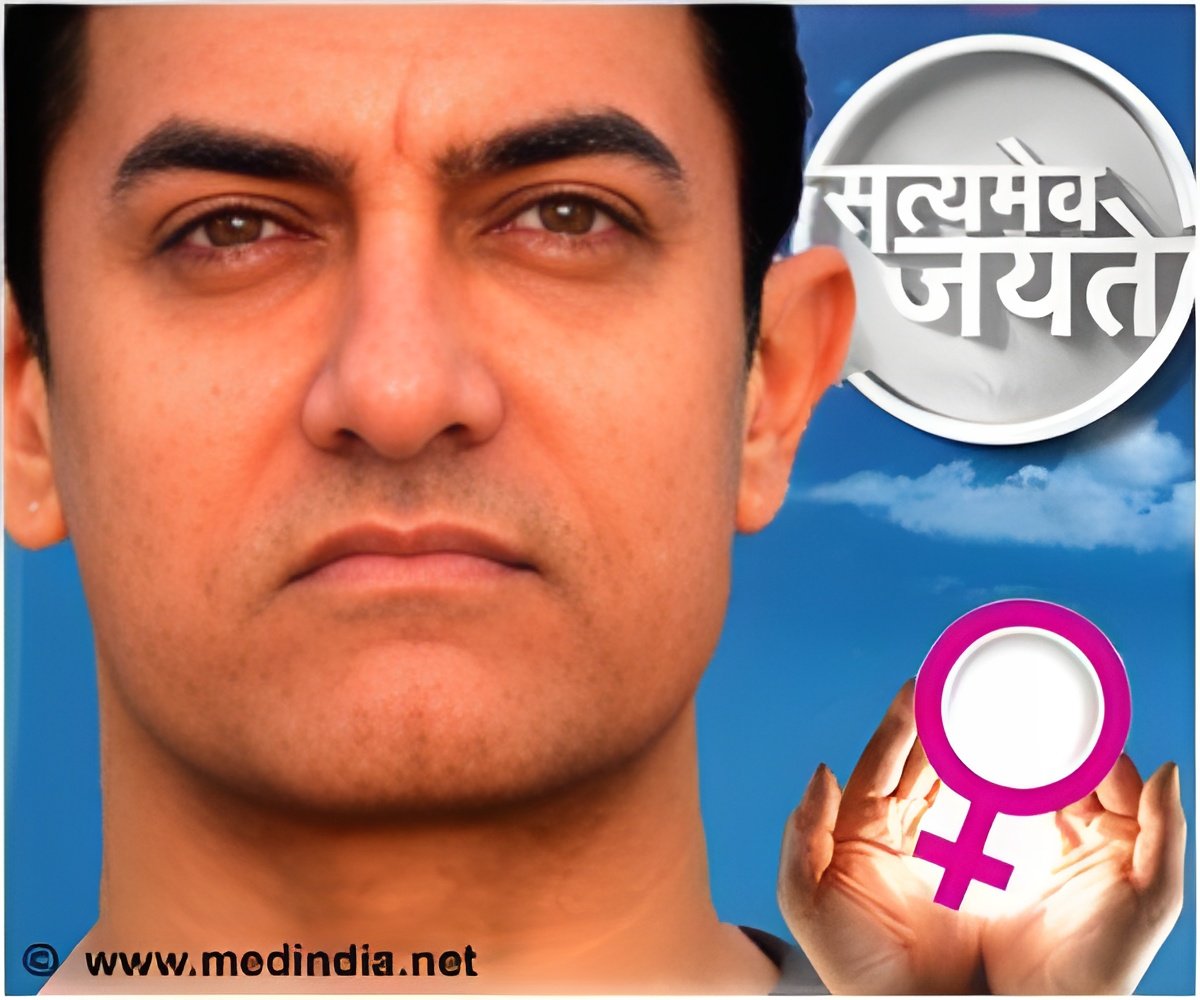Aamir khan's show 'satyameva jayate,' which focuses on society - related issues was televised on Sunday. The first episode highlights female infanticide.

Sunday’s episode depicted the plight of mothers who give birth to female babies, despite societal pressure. It is about modern technology gone wrong in the hands of devious minds. The show focuses on female feticide, female infanticide and attempts to understand why it occurs!
Murders – Rules not Exceptions
Infanticide is a practice that is known to occur in various parts of the world, for various reasons. According to anthropologist Laila Williamson "Infanticide has been practiced on every continent and by people on every level of cultural complexity, from hunter gatherers to high civilizations, including our own ancestors. Rather than being an exception, then, it has been the rule.”
In some societies killing children was even permissible, especially if it was in the form of “sacrifice”. The other common reason for killing a child was the inability to tend for it. Besides sacrifice, other common methods to eliminate a child was to abandon it, expose it to the elements of nature, neglect it by starving or suffocate it.
Modern day Murders
The first two acts are mostly carried out by the parents of the child or close relatives. The third act may be carried out in posh settings under the guidance of an expert or it may be carried out by a mid- wife, as observed in rural settings.
In India, sex selection and female feticide has become a social phenomenon that has transcended cultural and language barriers. Ultrasonography (USG), commonly known as ultrasound, is a useful method to monitor the growth of a fetus inside its mother’s womb. USG also has the ability to pick up certain fetal abnormalities, such as Down syndrome, and is therefore an integral part of prenatal health care.
Despite more sensitive diagnostic tests such as the chorionic villi sampling and amniocentesis, the USG is a lot more popular as it is cheap and non-invasive.
Gender prejudice and the ubiquitous preference for the male child exists in South Asian countries. A son is an “asset” who would bring home a dowry and look after his aged parents, while a daughter is a “liability” or a burden, for whom a dowry has to be offered in order to be married off and sent away to another home. Such cultural preferences and norms have prompted the misuse of modern technology, in this case the USG.
Sex selection through USG became popular only during the latter part of the twentieth century; until then infanticide was the choicest method to eliminate an unwanted child.
Despite a law banning USG for sex determination, the technique is being touted as something that is the ‘need of the hour’ and it is liberally used as the first step towards selective abortion. Once ultrasound determines the sex of the baby, prejudiced and pressurized parents chose to abort if the child is a girl and promote if the child is a male. This bizarre practice has its share of supporters among the medical fraternity and the general public.
Female infanticide and neonaticide is also widely prevalent. It is very common to find female babies abandoned in community cradles, outside orphanages or homes or even near dustbins.
Where have they gone?
Selective sex abortion may be a modern day phenomenon but selective sex infanticide has been practiced by mankind since ancient times. The differential treatment of women is evident in the smaller skulls and bones dug up by anthropologists, of malnourished women belonging to bygone eras.
All through our cultural evolution if there is one thing that remains unchanged it is the orchestrated abuse of women. The planned elimination of the girl- child is but a miniscule part of a greater evil.
A 2005 study revealed that over 90 million females were "missing" from an expected population in Afghanistan, Bangladesh, China India, Pakistan, South Korea and Taiwan. The 2005 census taken in India indicated a steep decline in the number of girls below the age of seven. Activists firmly believe that about 8 million female fetuses have been destroyed between 2001 and 2011.
The selective elimination of the female species has lead to a skewed sex-ratio in India. According to the decennial Indian census, the sex ratio in the < 7 age group went from 104.0 males per 100 females (1981) to 105.8 (1991), to 107.8 (2001), to 109.4 (2011). The ratio is markedly higher the Punjab and Haryana, 126.1 and 122.0 (2001) respectively.
This gender imbalance is significantly high in some states like Haryana where the number of unmarried men, above the age of 35 years, has increased. Polyandry too is being practiced, due to a steep fall in the numbers of women, particularly in the northern states.
However, it must be mentioned that women in some states of India like Kerala, Kashmir valley and Assam fare a lot better than their counterparts in other states.
What kind of a society can kill its women even before they are born? It’s time to think hard and do something to bring about a change. Otherwise the day is not far off when there would be no women left in our world!
Source-Medindia









